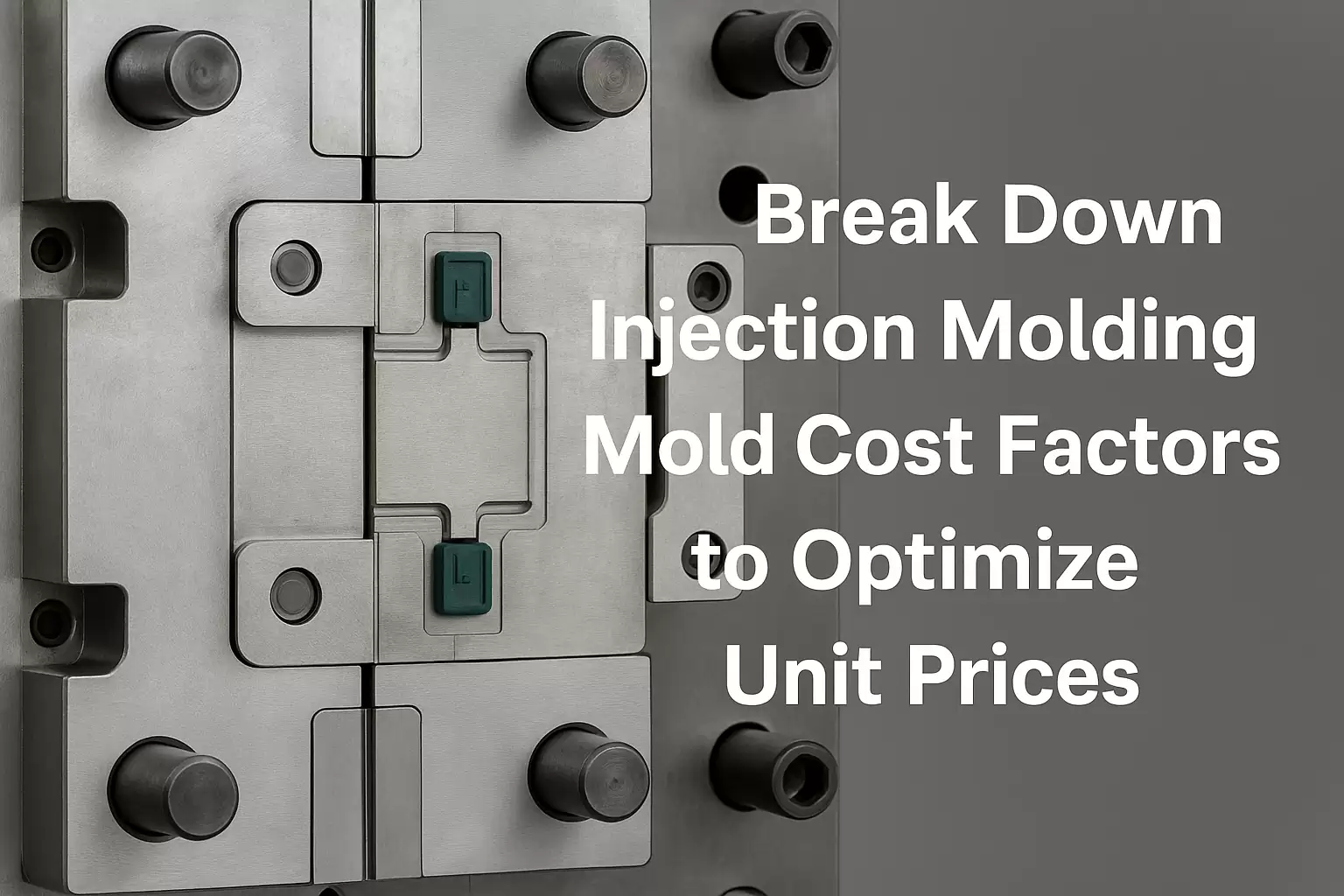Break Down Injection Molding Mold Cost Factors to Optimize Unit Prices
Break Down Injection Molding Mold Cost Factors to Optimize Unit Prices

Understanding how injection molding mold costs are calculated is essential for any business looking to manage production budgets and improve profit margins. Mold cost is often one of the biggest upfront expenses in plastic manufacturing, but with strategic planning and the right partner, you can balance tooling investment with long-term cost savings. At INTERTECH (https://www.taiwanmoldmaker.com), we help clients worldwide analyze mold cost factors and tailor solutions to achieve the most efficient unit price possible.
Why Mold Cost Matters in Injection Molding
The mold (or tooling) is a one-time investment that directly impacts:
-
Cycle time efficiency
-
Product quality and consistency
-
Per-part cost over time
-
Production speed and scale-up potential
By breaking down the components of mold pricing, manufacturers can identify ways to reduce costs without sacrificing quality.
Key Factors That Affect Injection Mold Cost
1. Mold Size and Complexity
Larger molds or molds with:
-
Intricate details
-
Threads and undercuts
-
Multi-cavity configurations Will require more design work, machining time, and materials—raising overall cost.
2. Tooling Material
The type of material used affects durability, lead time, and cost:
-
Aluminum molds – Low-cost and fast for prototyping or small runs
-
P20 Steel – Mid-range option for medium production volumes
-
H13 Steel or hardened steel – High durability for long-run production, but more expensive
3. Mold Life Expectancy
The number of parts a mold can produce before wearing out plays into its cost-per-unit:
-
Short life molds (under 10,000 shots) have lower upfront cost
-
High-cycle molds (500,000+ shots) justify higher investment
4. Number of Cavities
More cavities reduce the cost per part but increase the mold’s complexity and initial cost. Common options:
-
Single-cavity molds – Great for prototypes and low volumes
-
Multi-cavity molds – Efficient for high-volume production
5. Part Design and Draft Angles
Optimizing part design can reduce tooling cost significantly. Consider:
-
Simplifying geometry
-
Adding draft angles to reduce ejection difficulty
-
Avoiding deep ribs or thick wall sections that require extra cooling time
Cost Optimization Strategies
Design for Manufacturability (DFM)
INTERTECH helps clients identify design tweaks early in the development process to reduce mold complexity, tooling time, and material waste.
Modular and Insert Molds
Reusing mold bases and swapping inserts for different part variations is a cost-saving method for low-volume or customizable products.
Bridge Tooling
For startups or early product testing, bridge tools offer a mid-tier solution between prototyping and full-scale production.
INTERTECH’s Approach to Mold Cost Transparency
At INTERTECH, we focus on maximizing value through:
-
Detailed cost breakdowns during the quoting process
-
Flexible tooling solutions for different volumes and timelines
-
In-house design and mold making to minimize third-party costs
-
Material and layout consultation to reduce tooling waste
Explore our tooling services or request a custom quote to understand how we tailor mold pricing to your project.
Conclusion
By understanding the core cost factors in injection molding molds, you can make smarter decisions that reduce unit pricing and improve your bottom line. With INTERTECH’s engineering support, flexible tooling options, and manufacturing expertise, you gain more than a mold—you gain a strategic partner in cost control.
Let us help you optimize your injection molding costs today: https://www.taiwanmoldmaker.com/contact








